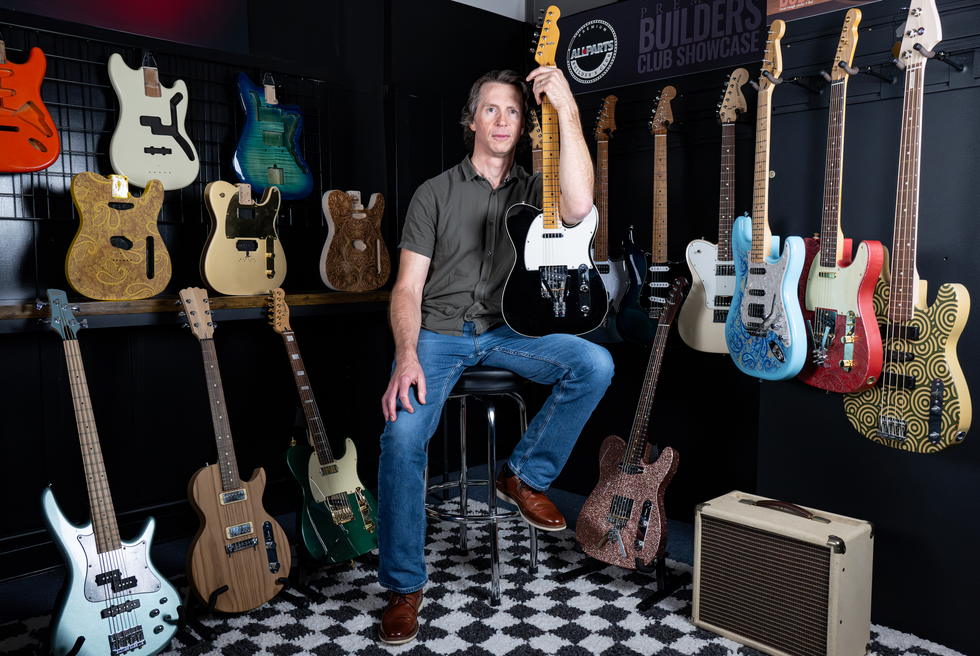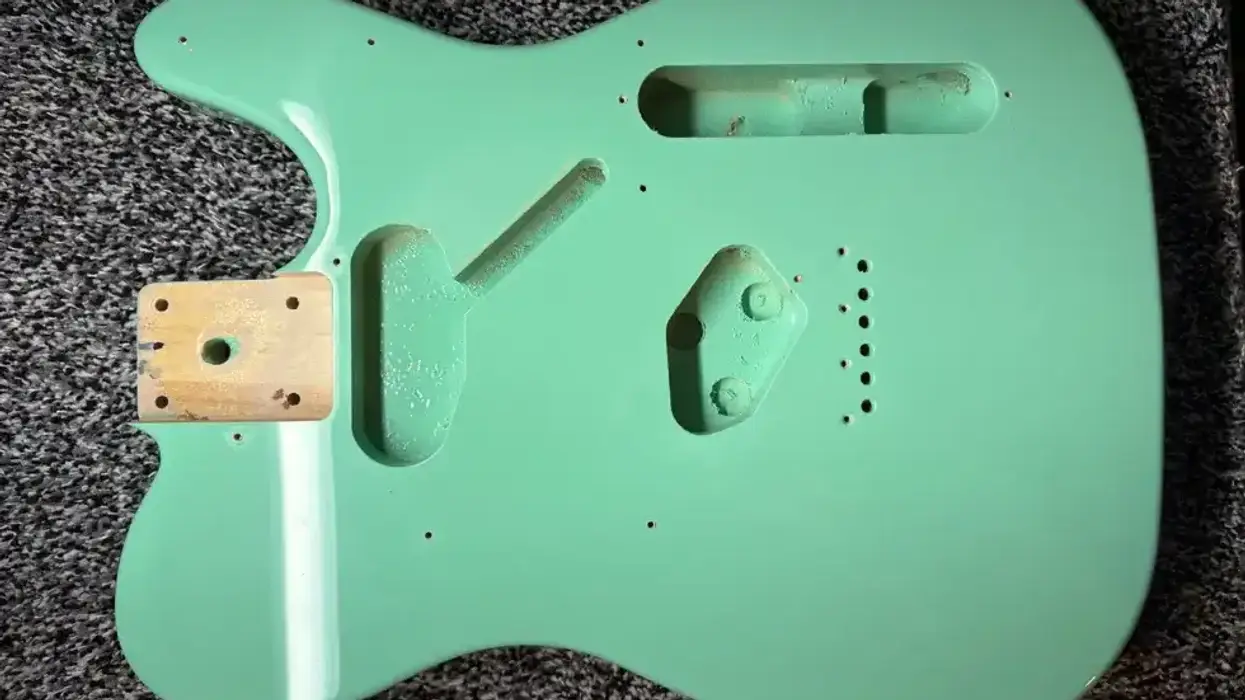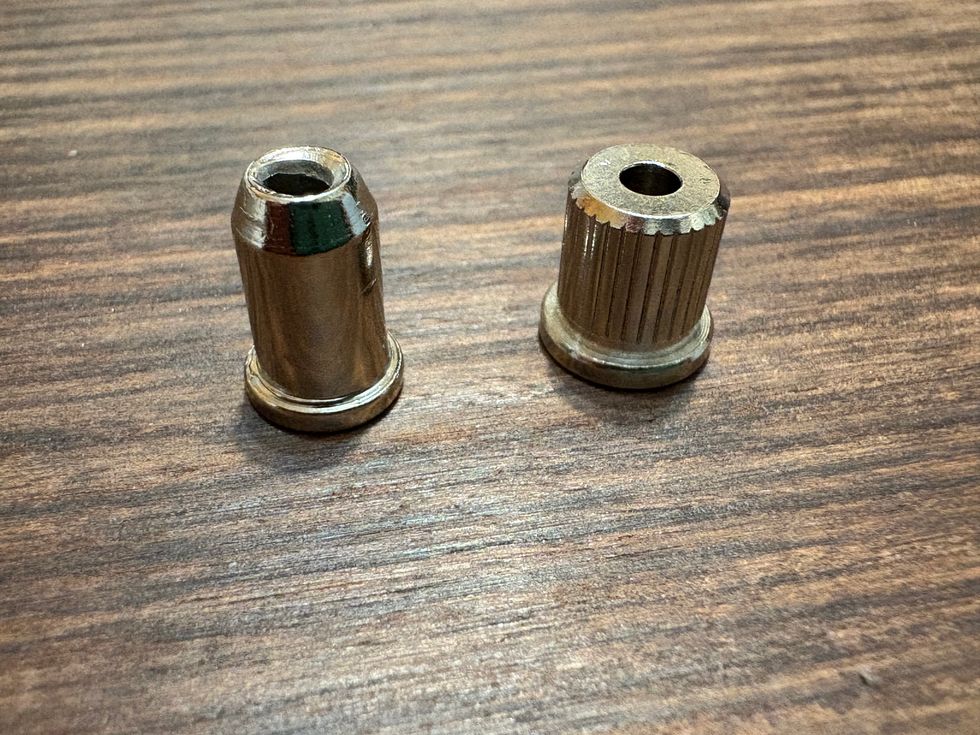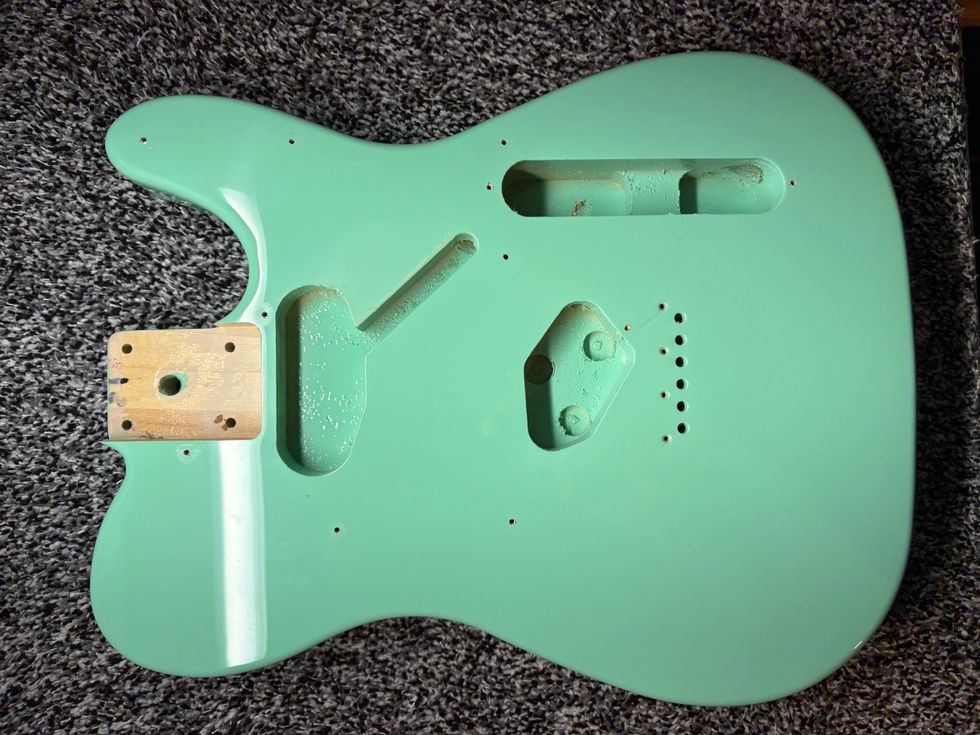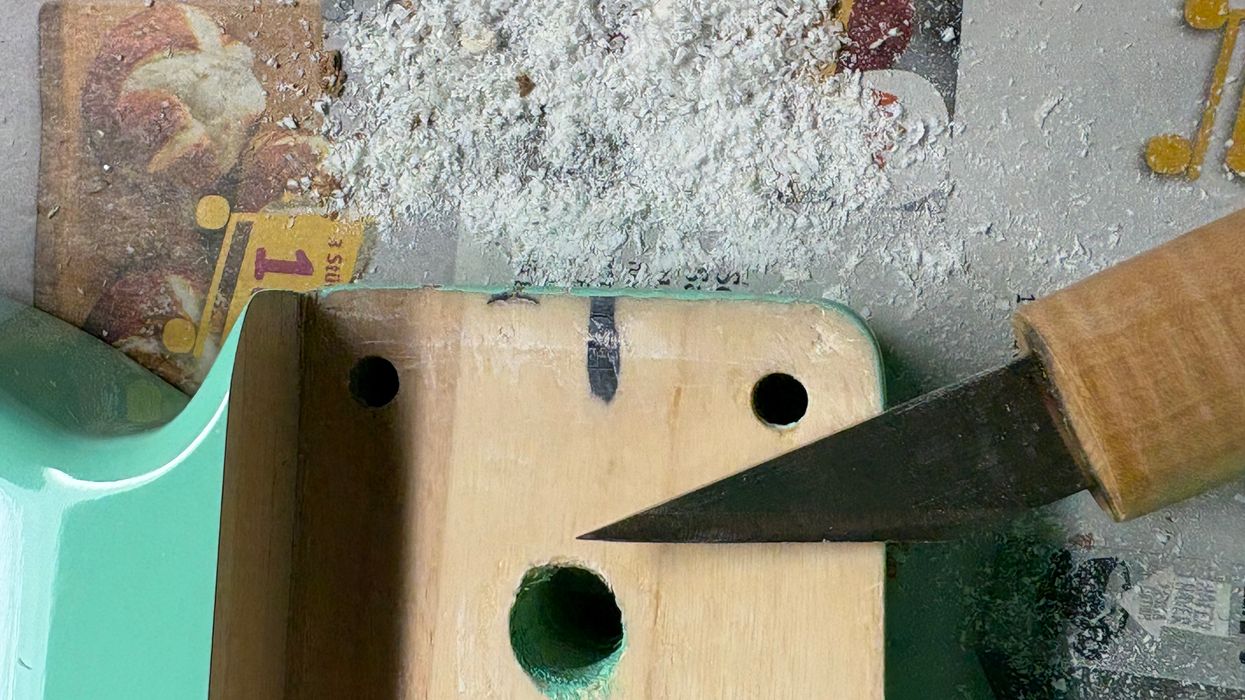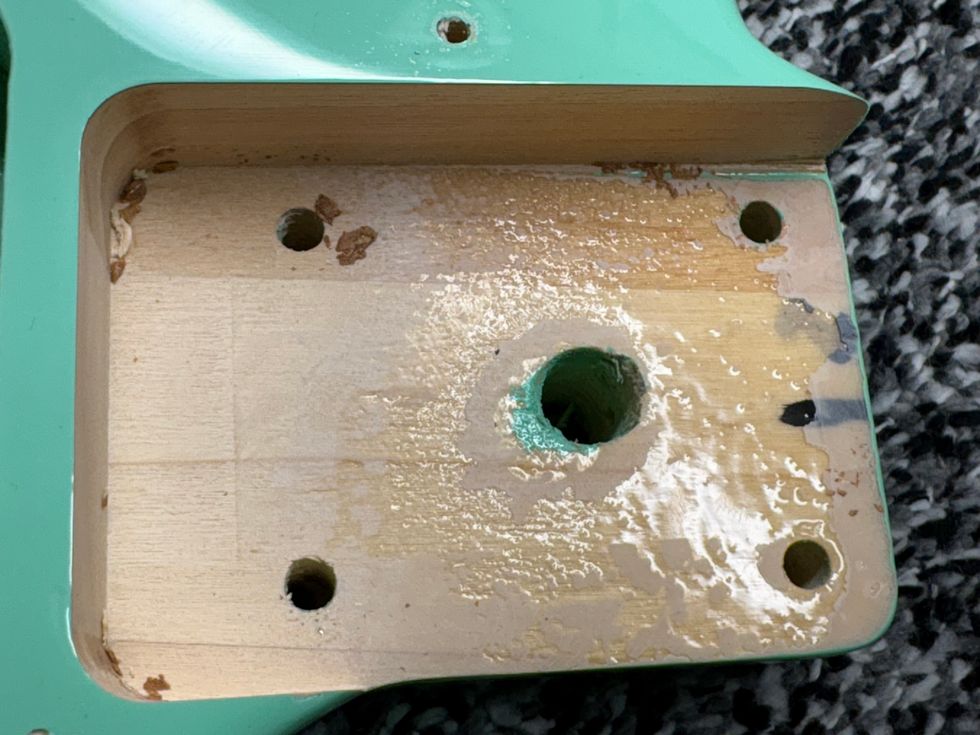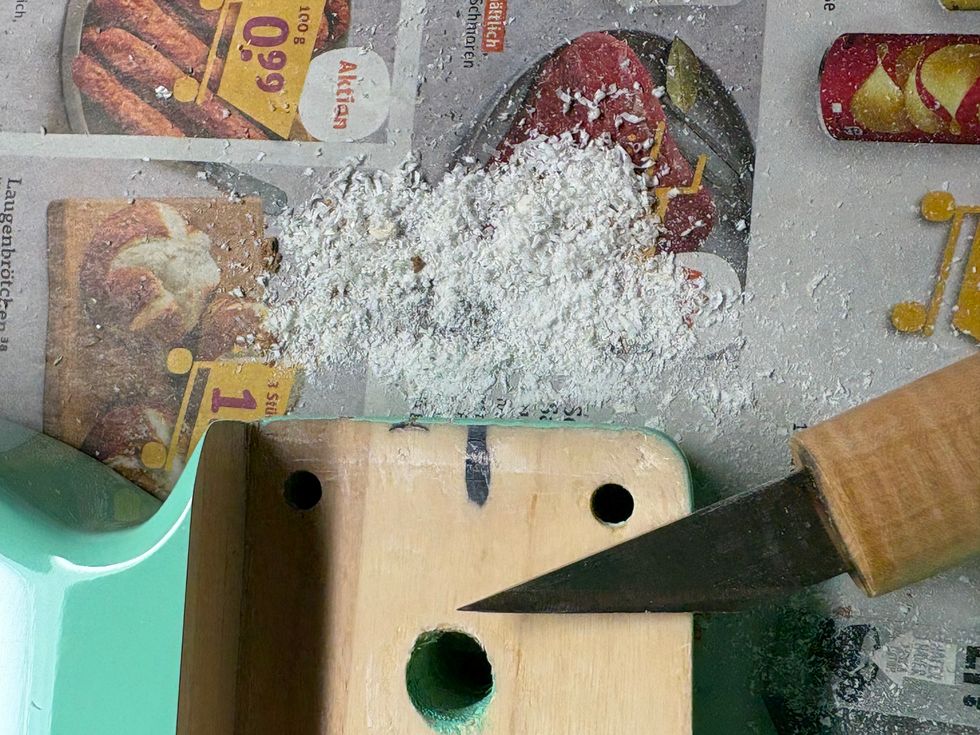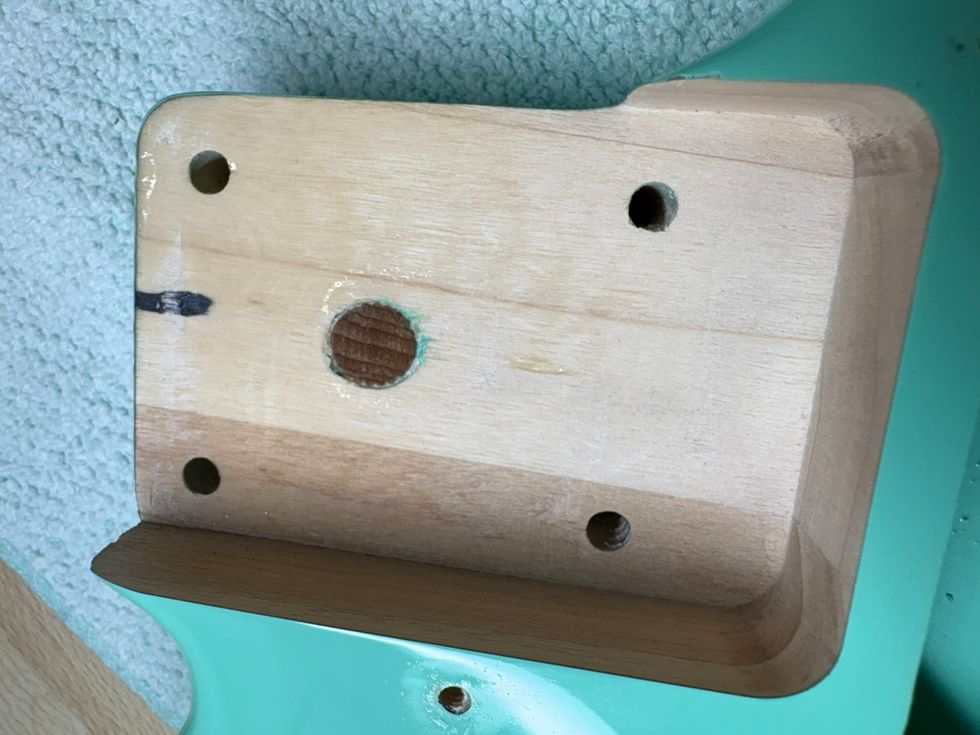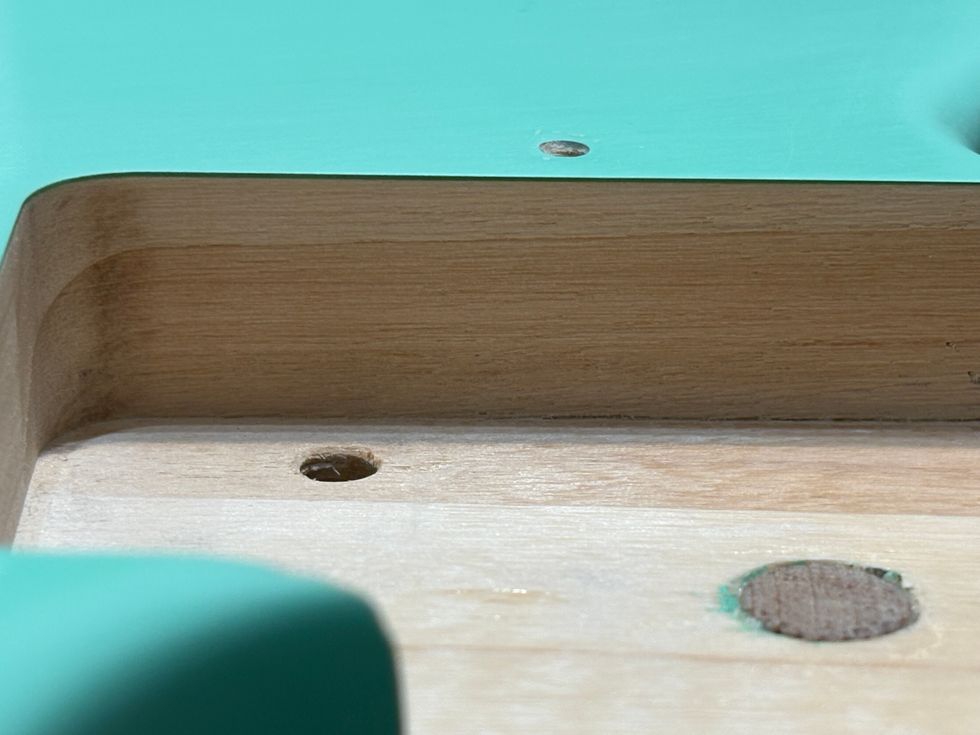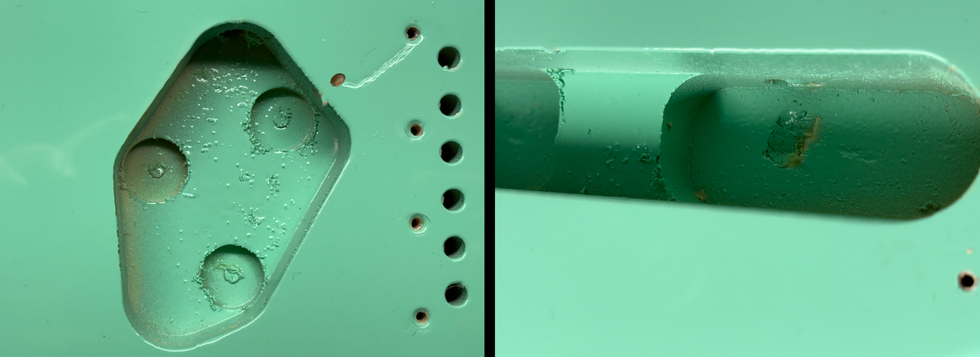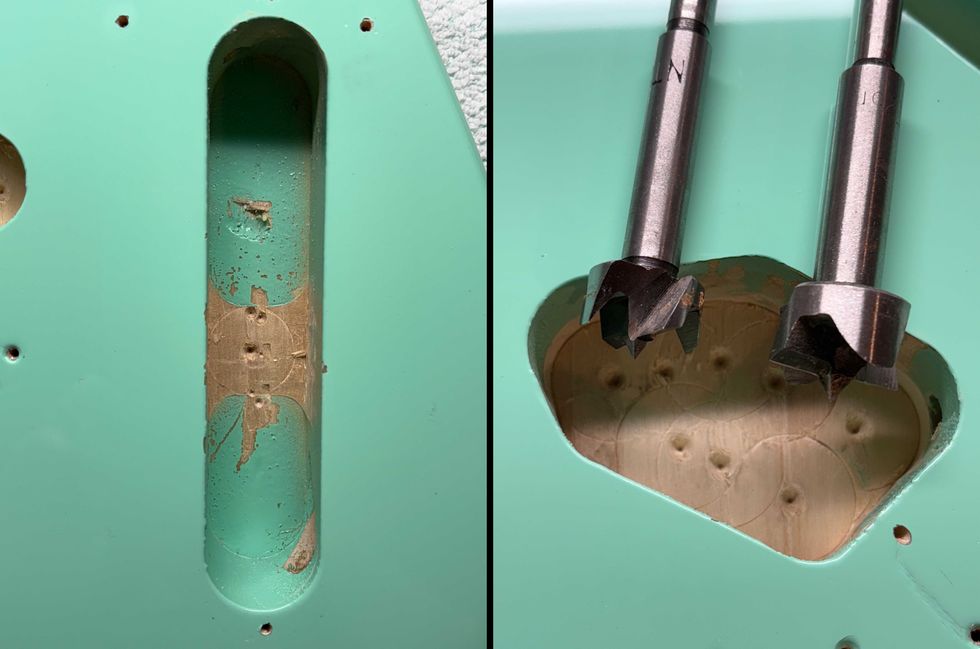In the last two “Working Guitarist” segments, I’ve answered questions from members of The Gear Page web forum [“Ask a Working Guitarist, Part 1” and “Part 2”], and also answered questions from Premier Guitar readers. This month, I’m going to dig deeper into studio work, thanks to some specific questions from TGP member Jhumber. Let’s jump right in.
How do you decipher instructions from a producer? For instance, if someone gives you a "can you give this a Kelly Clarkson vibe," what does that trigger in your brain? Both in terms of parts, and gear, I guess. And how about the more abstract "can you make this float more?"-style input?
No two producers are the same, and in fact, no two gigs are the same. That goes for sessions as well. So being able to adapt to different situations is a great skill to nurture. Some producers are easy to understand, while others can be really confusing. I once had a producer say to me, “It’s not right, and I have no idea what will make it better.” Ugh. What do you do with that?
With regards to directing you towards a specific vibe or style, those types of directions can be very helpful. If someone says “Coldplay,” I immediately think of droning chorus melody hook guitar parts. If they say “U2,” I think of dotted 8th delays coming from an EHX Memory Man and a Vox AC30. The list goes on. Your iPod, iPad, or laptop can be a great studio asset! If a producer references a certain track or band that's unfamiliar, you can call up a song or two on iTunes, Spotify, or YouTube and take a quick listen.
Abstract instructions can also be hit or miss. The main thing is this: keep an open mind and don’t get discouraged. If the first thing you try isn’t received favorably, don’t get frustrated. Shrug it off and immediately try something else, without taking it personally. The producer and everyone else on the session will note your perseverance and positive attitude, and eventually you’ll hit on a cool part that will work.
Do you get asked to read much in the studio?
I read charts sometimes, but I’m terrible at reading notation, unfortunately. So if a session requires me to read, I would be inclined to bow out. This has never happened though. Most rock and pop music sessions don’t require you to read. Film dates do, but I’m not in that world. I highly recommend learning to read, and it’s something I plan on studying at some point.
Are you normally the only guitarist on a date (and therefore doing the whole track), or are you called in to give an almost-done track some PT-fairy dust?
Once again, no two sessions are the same. I do quite a bit of work out of my home studio, emailing tracks back and forth, so in these instances I am the only guitarist (unless there are guitars already on the track). As far as studio dates, It's probably an even split—sometimes I’m solo and other times there are two or even three of us. Working with other guitarists is really enjoyable for me, because it allows me to play off someone else’s ideas and also to learn new approaches that I can add to my arsenal for future sessions.
Are you usually given free reign on the gear you use, or are producers at your level saying "grab your Strat"?
Hate to sound like a broken record, but it varies. Linda Perry has an amazing collection of instruments, amps, and effects at her Kung Fu Gardens studio, and I know I can show up there for a session and be all set gear-wise. I think she really likes to say, “Grab the Fender 12-string electric and the Vox AC15, and come up with something.” And I enjoy the challenge of getting knocked out of my comfort zone. It’s really interesting to plug into a completely unfamiliar rig and just see what happens. That said, I have a pretty extensive collection myself, and it’s also fun for me to hear a bare track, and imagine how to fill it up with parts and tones, using my choice of gear. This is why I enjoy tracking in my own studio so much—it’s like my playground! I get to be “me” without someone looking over my shoulder. And nine times out of 10, producers are usually very happy with what I send them, sometimes suggesting small changes, but sometimes not. I think this is because producers usually hire you to be you. They want your thing, and that goes for your parts and your tones—your instincts, basically.
Any other “studio tricks” you use?
Sure, here’s a quick list of tried-and-true tips:
- When doubling a part, always vary the tone slightly, be it by using a different pickup setting, a different guitar, or varying the amp tone slightly. This will create a more complex doubled sound.
- Instead of tracking a 12-string acoustic part, try tracking a 6-string acoustic and doubling it with a guitar strung for “Nashville tuning” (just the high strings of a 12-string set). The result can be a great alternative to the 12-string sound, and you can balance the 6 and 12 for the right blend of “fundamental” and “chime.”
- If an amp sounds great in the room but is too bright or dark when mic’d, learn to move the mic instead of changing the tone controls on the amp to achieve the desired tone. Closer to the center of the speaker is brighter; closer to the edge is darker.
- Always have a slide, a capo, and a wide selection of picks when going to a session, along with any other studio gizmos you can think of—Ebow, pedals, etc.
 Pete Thorn is a Los Angeles-based guitarist, currently touring with Melissa Etheridge. His solo album Guitar Nerd is out now.You can read more about his career and music at peterthorn.com.
Pete Thorn is a Los Angeles-based guitarist, currently touring with Melissa Etheridge. His solo album Guitar Nerd is out now.You can read more about his career and music at peterthorn.com.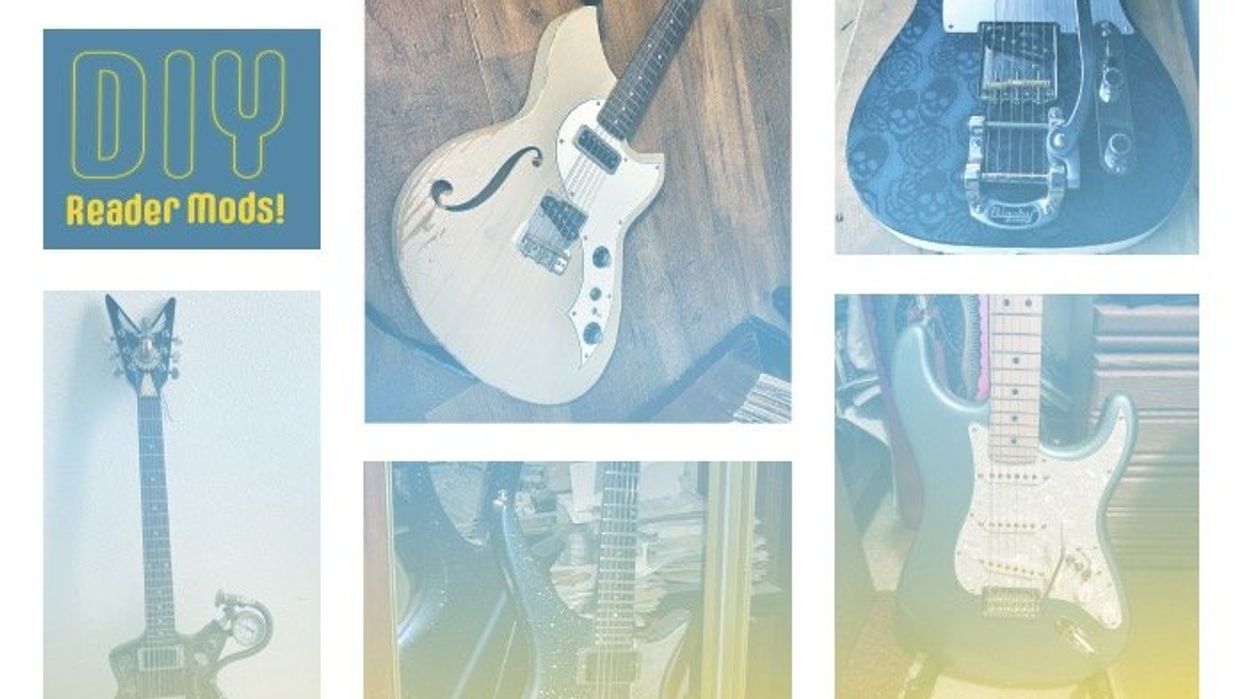
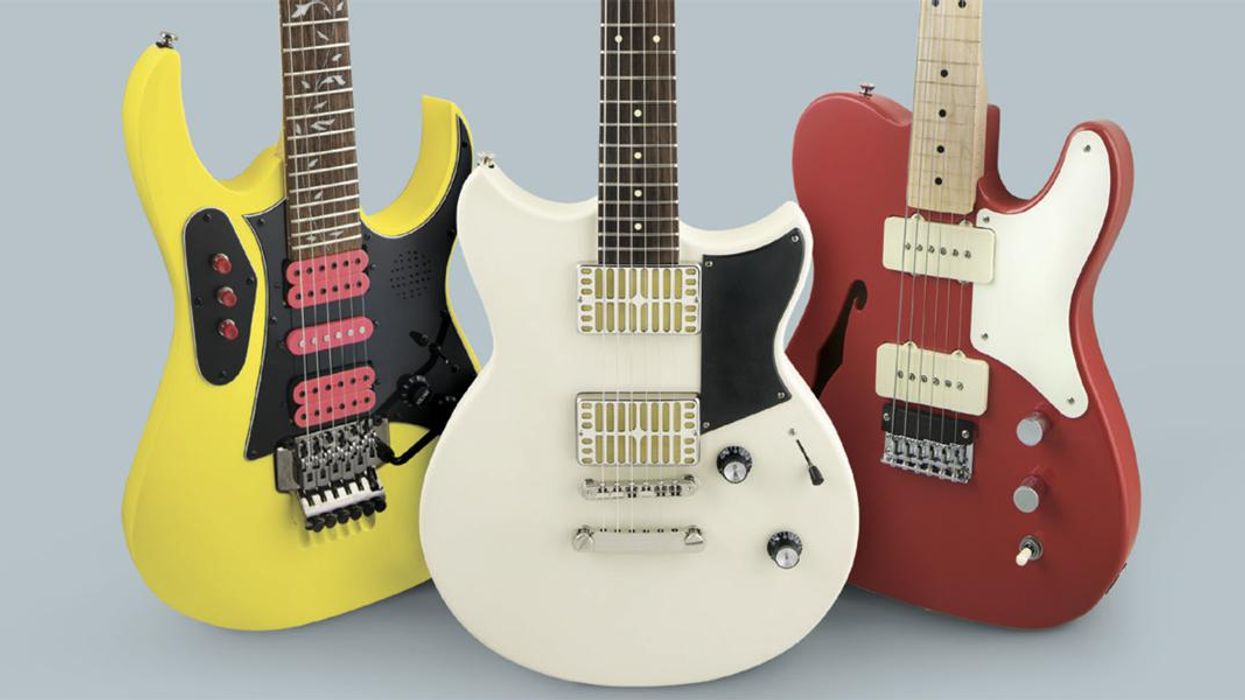
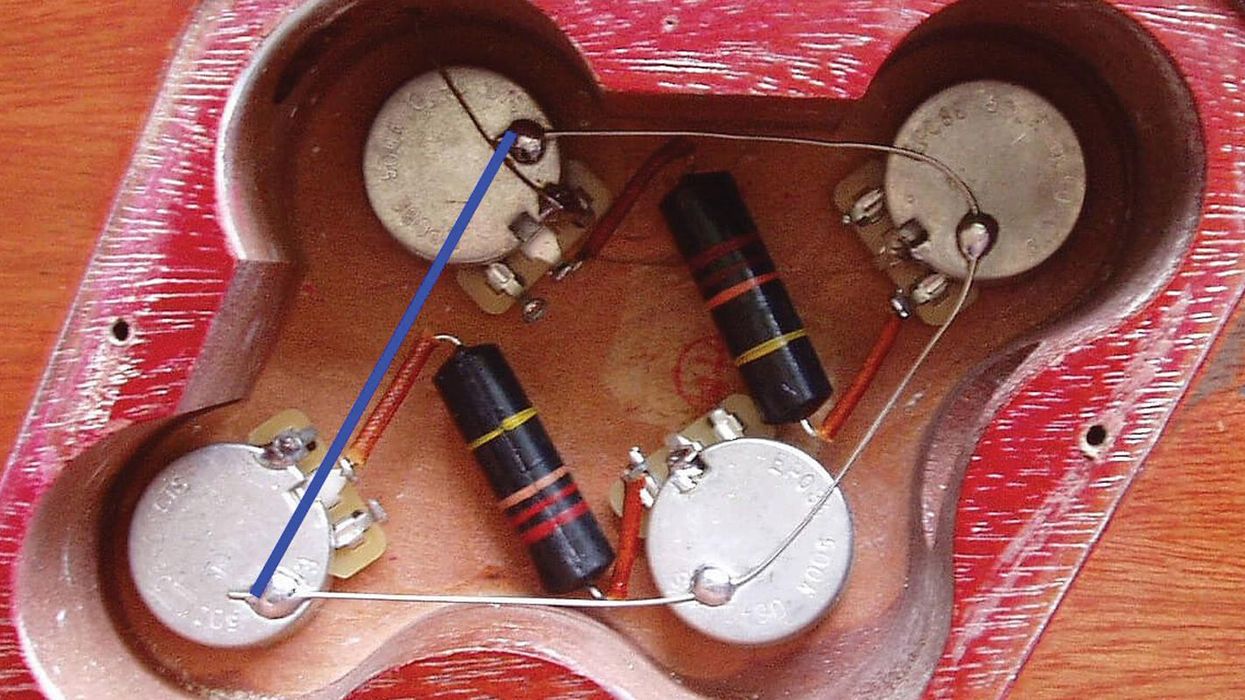
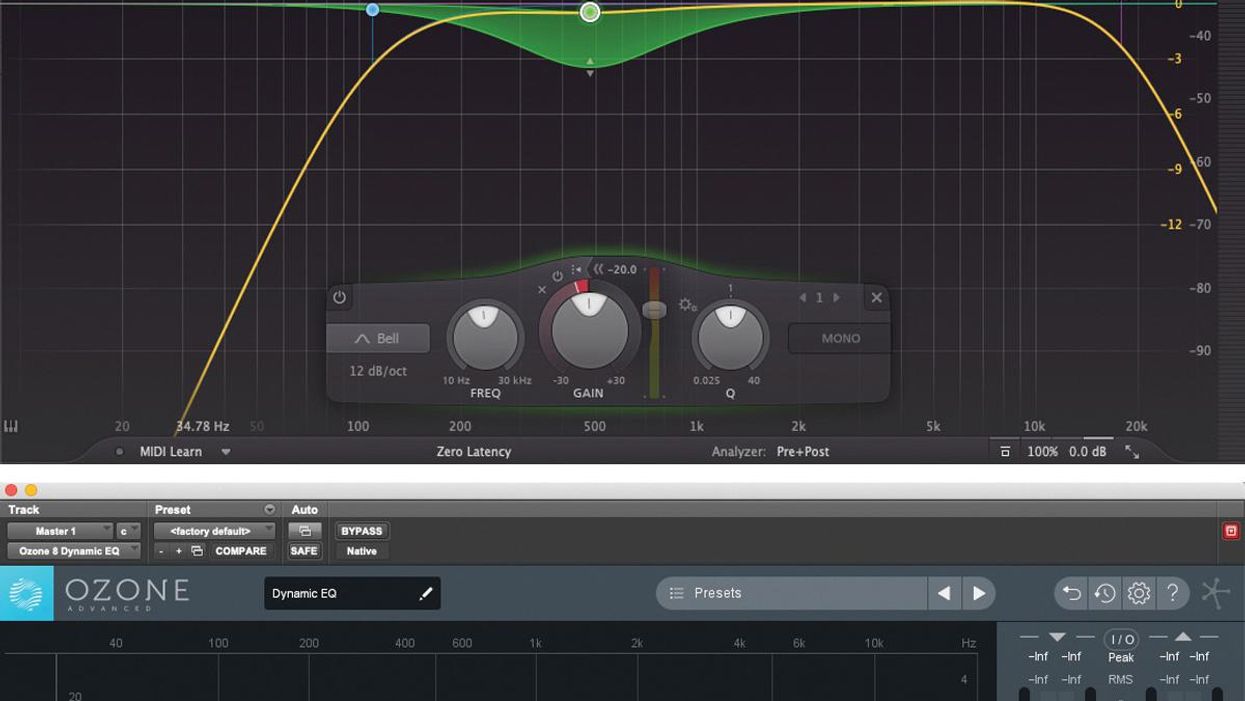

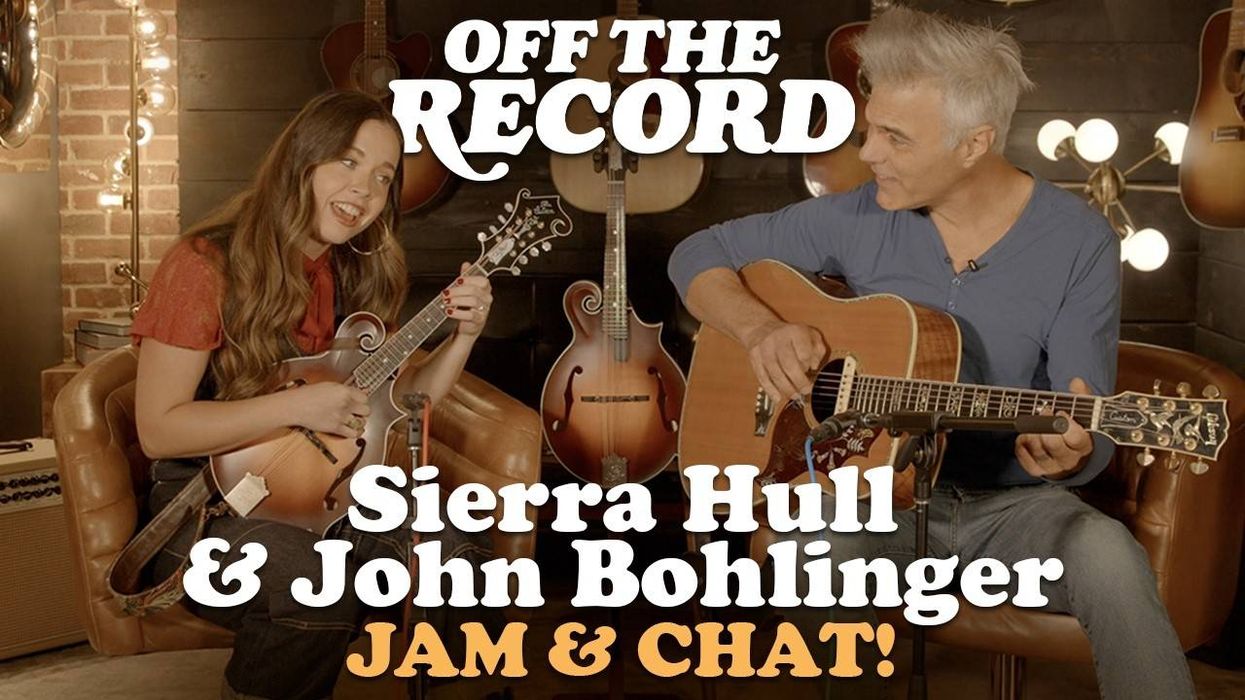


![Devon Eisenbarger [Katy Perry] Rig Rundown](https://www.premierguitar.com/media-library/youtube.jpg?id=61774583&width=1245&height=700&quality=70&coordinates=0%2C0%2C0%2C0)
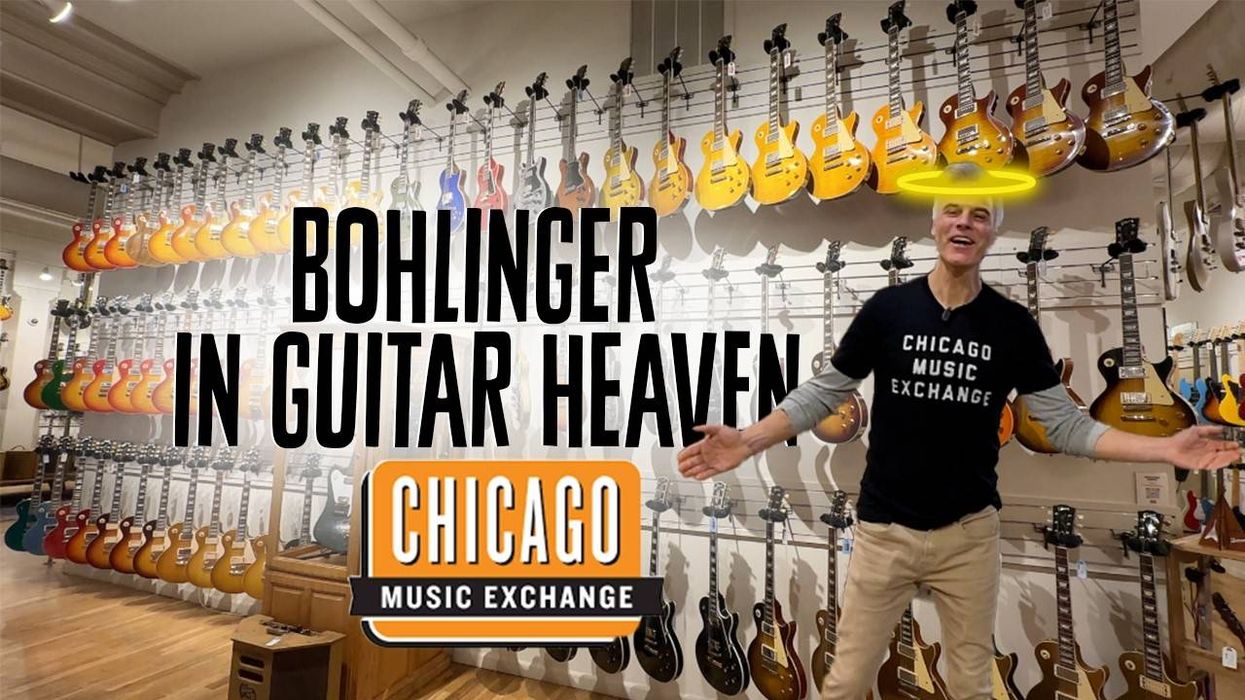
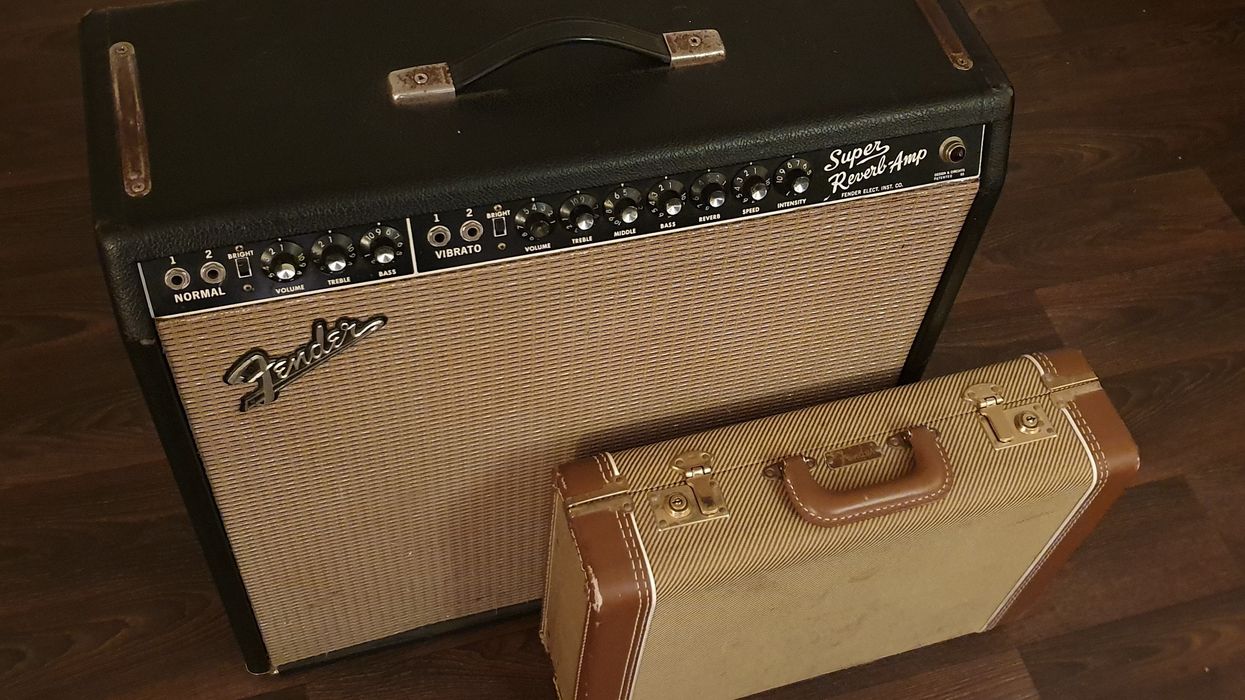
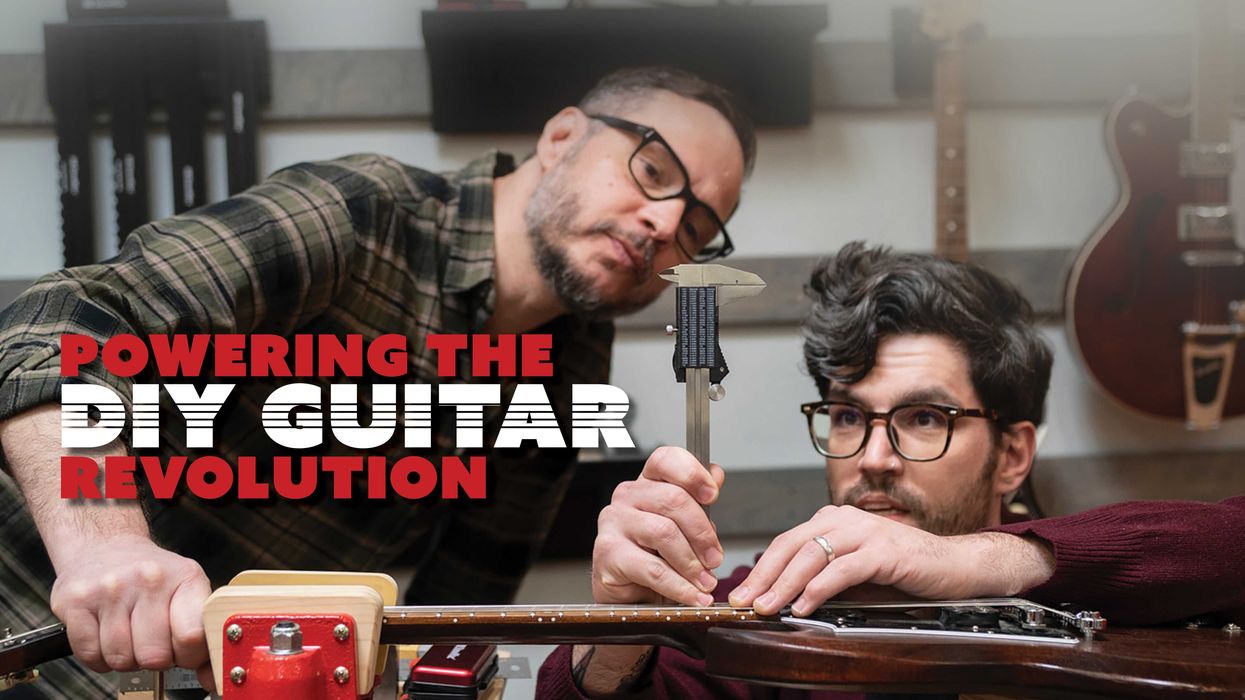
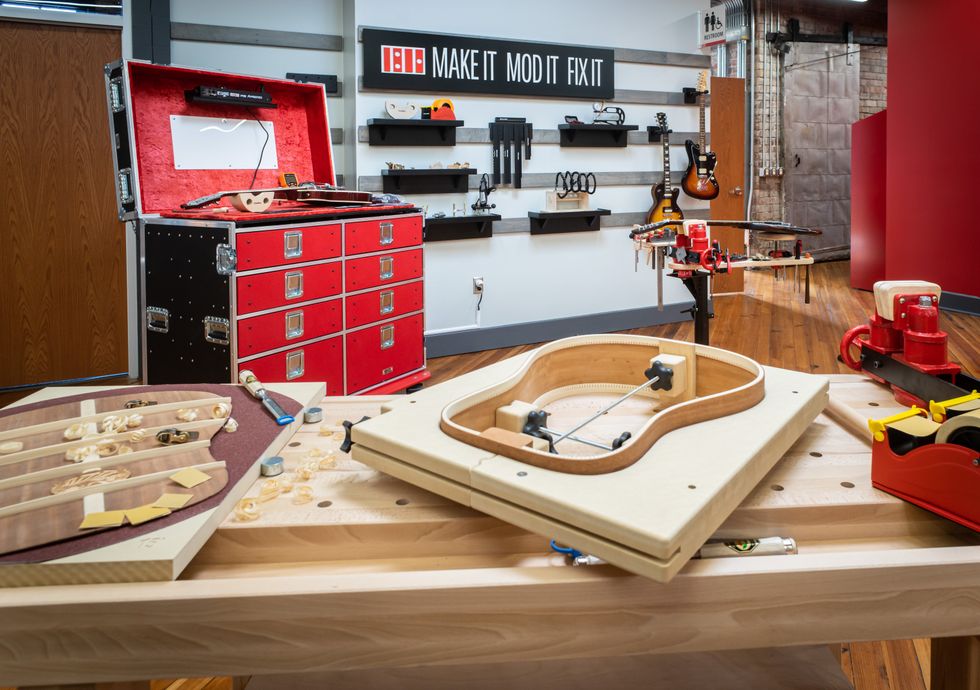
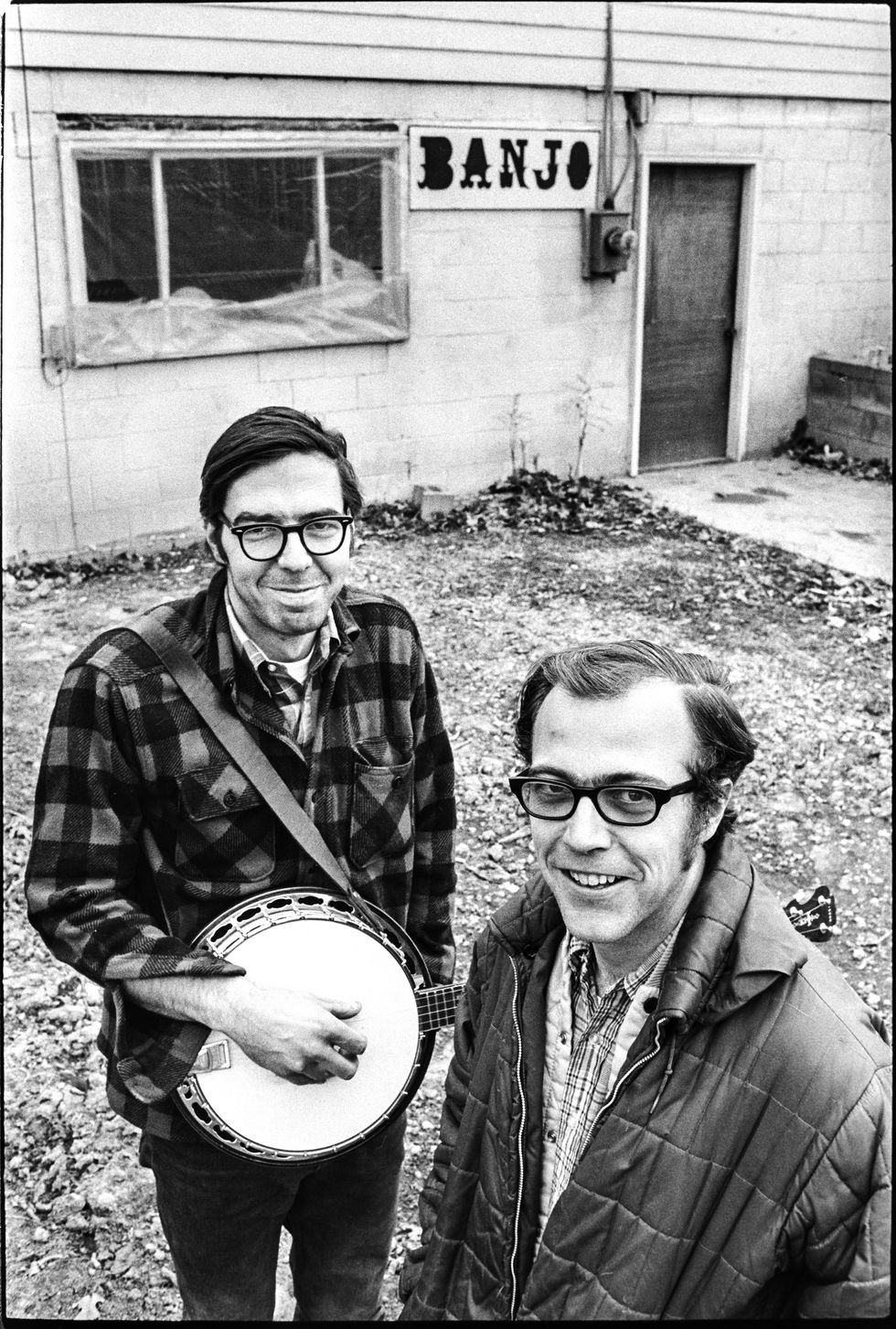
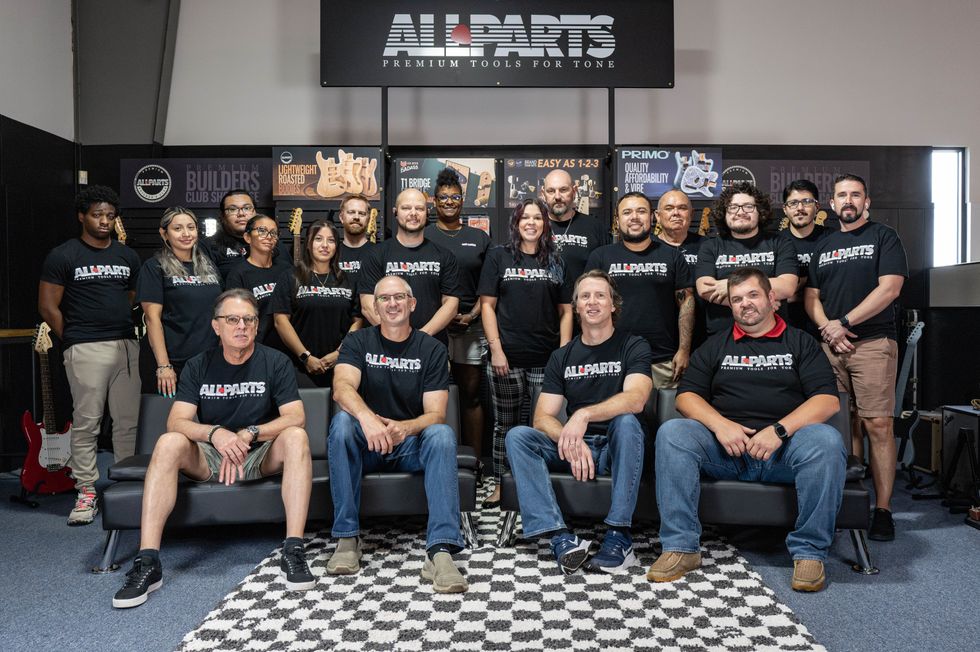 The Allparts team at their Houston warehouse, with Dean Herman in the front row, second from right.Photo by Enrique Rodriguez
The Allparts team at their Houston warehouse, with Dean Herman in the front row, second from right.Photo by Enrique Rodriguez